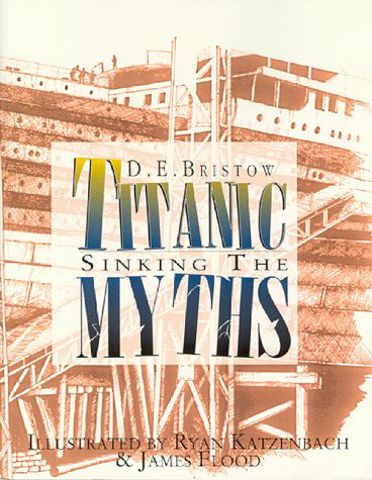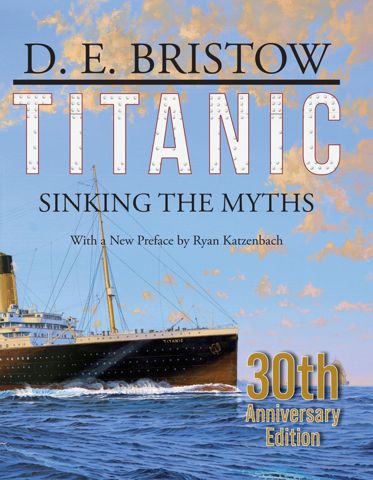|
It was ten minutes past midnight, April 15, 1912. The giant new luxury liner TITANIC lay dead in the water.
Half an hour earlier, her watch officer had spotted a growler in her track and taken evasive action.
TITANIC had struck a glancing blow on her starboard bow - a collision that should not have been fatal.
Many ships had limped into port after such a collision with ice.
But TITANIC's life depended upon one transverse, watertight bulkhead, and it had been damaged by a fire in an adjacent coal bunker.
Her designer, aboard to check her maiden voyage performance inspected that bulkhead.
His prediction was grim, as he projected it to last a mere hour, if that.
On the bridge of a nearby ship the master stared through his night glasses at faint white, flashes on the horizon.
His wireless operator had caught the White Star Liner's call for help only minutes earlier.
The master had given orders to prepare to aid the British ship.
But what aid might she need?
She had sent no internationally recognized distress signal, by wireless or by rocket.
He ordered his wireless operator to contact TITANIC and ask again what help was needed.
In moments, the operator arrived breathless on the bridge.
"He says we are fools." D.E. Bristow's book plunges the reader back into 1912 to discover how a massive cover-up at the TITANIC inquiries hid the truth about the accident from the public.
Conclusions, which originated with the natural necessity to protect TITANIC's owners from financial loss, have been perpetuated without regard for the facts by those who know nothing of the sea or ships.
The real scandal of TITANIC lies not with the original cover-up, but with the perpetuation of it in the decades of misguided theorizing when the facts were known in 1912.
|





